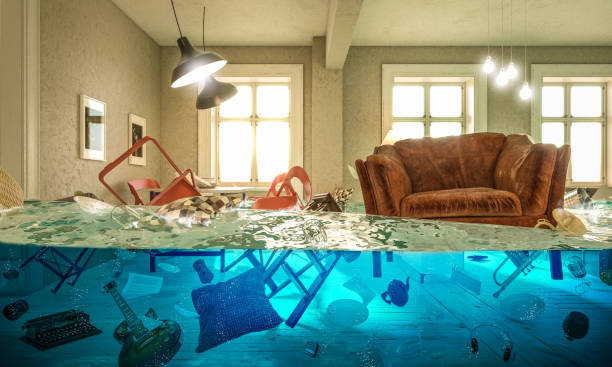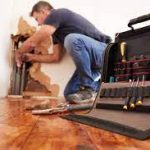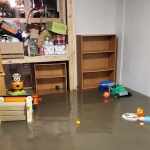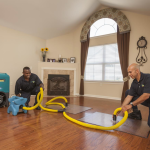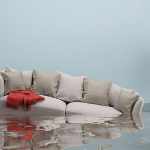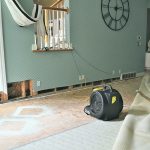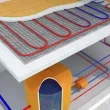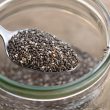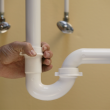Experiencing water damage can be overwhelming. Not only do you have to worry about the cost of repairs, but you also need to take steps to ensure that your home is cleaned properly. Whether it’s from a burst pipe, roof leak, or flood, here are 5 tips from water restoration services provider for house cleaning after water damage.
- Remove as much water as possible. The first step in cleaning your home after water damage is removing as much standing water as possible. You may need to use a wet/dry vacuum, mop and bucket, or shop-vacuum to do this. It’s important to remove standing water quickly so that mold does not have a chance to form in the affected area.
- Dry out the affected area completely . Once you have removed any standing water from the area, it’s time to dry out the affected area completely. Open windows and turn on fans and dehumidifiers if necessary. Make sure that all of the affected areas are completely dry before moving on to the next step in the process.
- Disinfect all surfaces . Once all of the moisture has been removed from the area, it’s time to disinfect everything that was affected by the water damage—including walls, floors and furniture—using a combination of bleach and hot water or other suitable cleaning solution designed specifically for dealing with mold and mildew growths. If possible, try using natural cleaners like white vinegar instead of harsh chemical cleaners whenever possible because they are less toxic and safer for your family and pets.
- Check for structural damage . Once you have finished cleaning up any visible signs of damage caused by flooding or other types of water intrusion, it’s important to check for any structural damage that may have occurred as a result of being exposed to excess moisture levels over an extended period of time (e.g., warping floors or ceilings). If there is structural damage present in your home due to excessive moisture levels then it is best to contact a professional contractor who specializes in repairing homes damaged due to flooding or other types of water intrusion so they can make sure that your home is safe once again after being exposed to high levels of moisture over an extended period of time (e.g., warping floors or ceilings).
- Clean carpets and rugs . Carpets and rugs can often become saturated with excess moisture during floods or other forms of significant water intrusions into homes or businesses so it is essential that these items be thoroughly cleaned using a steam cleaner or other professional carpet cleaning equipment designed specifically for removing excess moisture content from carpets and rugs without damaging them further in any way whatsoever (e.g., shrinking them). This will help ensure that no mold growth occurs inside these items which could otherwise cause serious health hazards if left unchecked/untreated over an extended period of time (e.g., respiratory problems
Conclusion:
Water damage can be an incredibly stressful experience for homeowners but taking action quickly following any kind of flooding event will help limit its effects on both people’s lives and their property values over time so long as proper care is taken when attempting clean-up operations following such an event (e.g., ensuring complete drying out before disinfecting surfaces; checking floorboards/ceilings for signs of warping; etc.).
Following these tips should help keep your home safe after experiencing any kind of significant amount of flooding inside it – so make sure you take them seriously! Additionally – if at any point you feel overwhelmed by this process please do not hesitate reach out professionals who specialize in restoring homes back their original condition following major flooding events as soon as possible – they’ll be able help get things done faster than trying tackle this problem on your own! Good luck!

